I tested the latest Gaggia Classic Evo Pro E24: have this legendary machine’s flaws finally been fixed?
No PID, no problem?
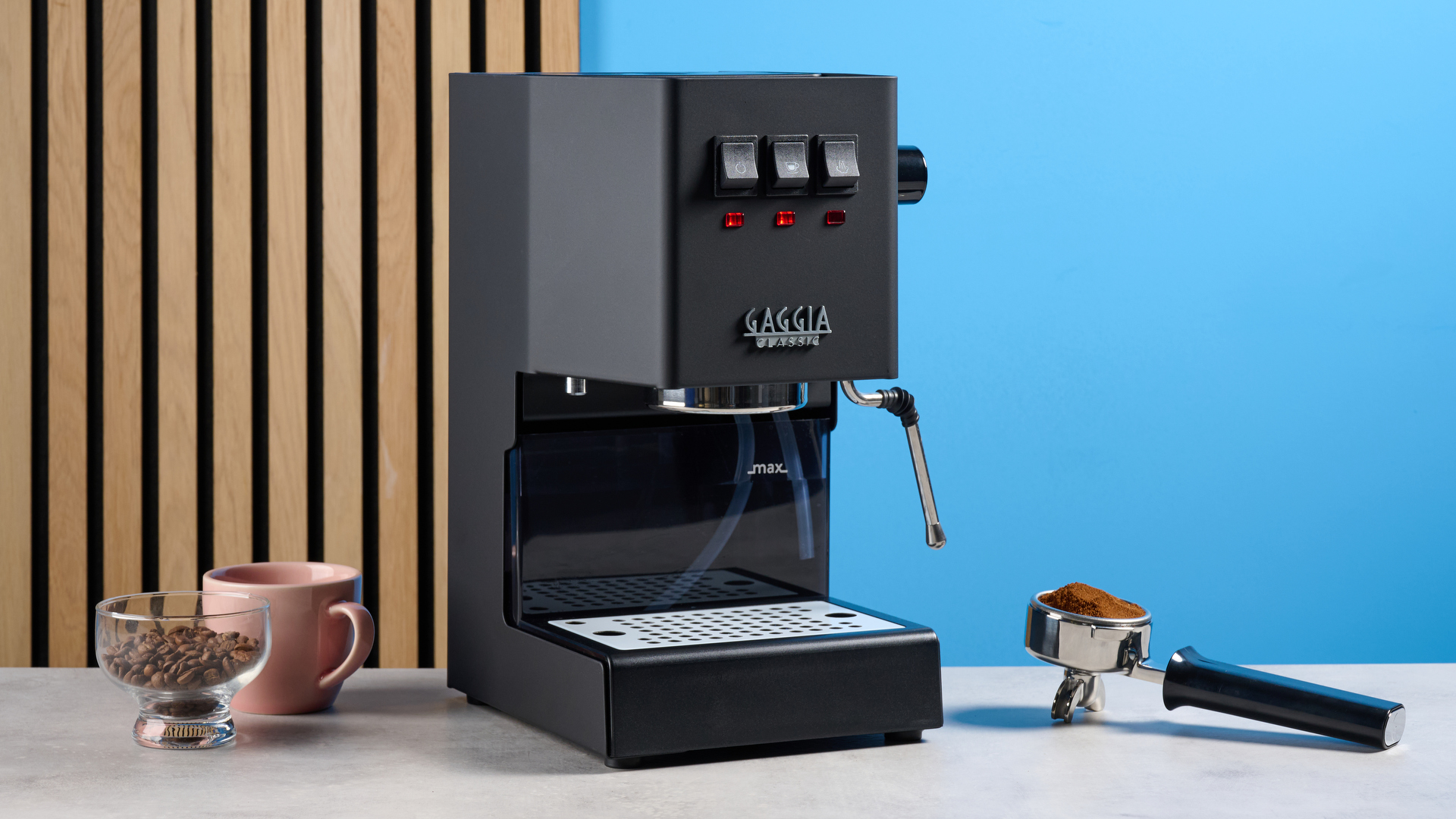
The Gaggia Classic has long been notorious for three things. Famously, there’s its wide suitability — small, simple and relatively affordable, it’s often seen as a great machine for cash-strapped enthusiasts, the spatially challenged and even newcomers to espresso.
- Gaggia Classic E24 Evo Pro
- 9Barista Espresso Machine Mk.2
- Chemex 3-cup
- Hario V60
- CleverDripper
- Varia VS3 grinder
- 1-Zpresso K-Ultra grinder
- Felicita Arc scales
There’s also its longevity, and I mean that in two ways. For a start, it’s been on the scene longer than a grizzled detective — my parents had one in the late-2000s and it was already more than 15 years old then. But the Gaggia Classic is also legendary for its reliability and how easy it is to work on yourself, with people using and maintaining them for upwards of 10 years.
Thirdly, though, it’s somewhat infamous for being, well, unfinished. The Classic is a single boiler machine with no PID — a temperature controller to keep boiler conditions stable. Without one, shot-to-shot consistency can be drastically affected.
The solution has long been to either a) follow a laborious “temperature surfing” regime to keep the machine in the right ballpark; or b) mod the crap out of it, the chief and first mod usually being a digital temperature controller.
Now though, with the latest Gaggia Classic E24 Evo Pro model, that flaw might just have been fixed. Could this be the best espresso machine for purists on a budget? I think so. Here’s why.
A Classic contradiction
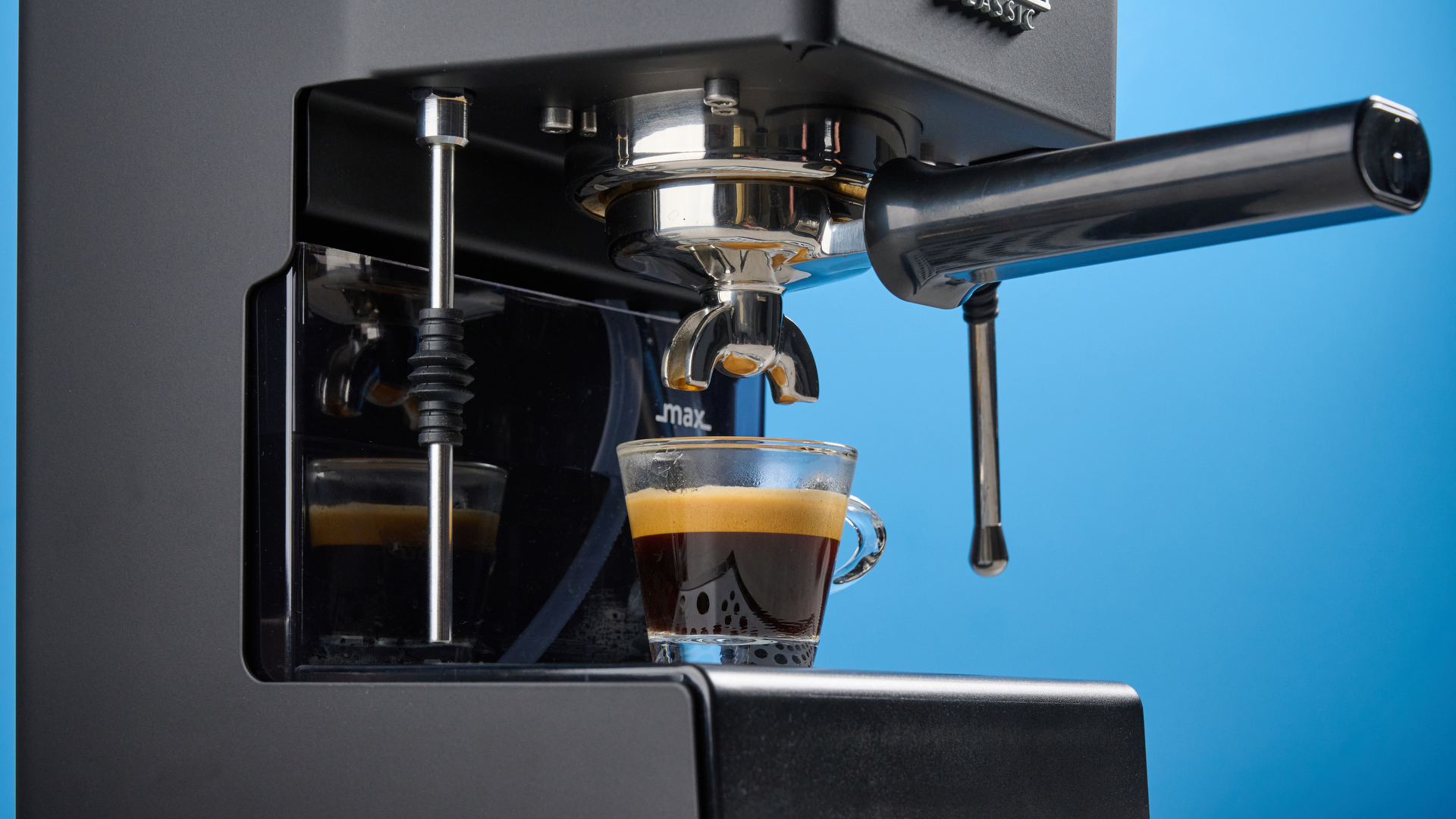
First, a little bit of context. Its characteristics have historically made the Gaggia Classic somewhat of a contradiction. The single-boiler affordability and compact size, not to mention the abundance of units on the market (especially second hand), ostensibly make it a great machine for budget-conscious enthusiasts and even beginners.
Yet its flaws, namely the lack of a PID temperature controller, are offputting to many enthusiasts. The coffee-snob consensus is that the Classic needs modifying to work well. Hence the existence of community-driven projects like Gagguino, which provides resources for adding to the Classic, well, just about anything you can add.
Get instant access to breaking news, the hottest reviews, great deals and helpful tips.
The thing is: many enthusiasts, myself included, don’t want to mess around with temperature surfing at 6am, nor modify their espresso machine to avoid having to do so. Either they just want an easy life, or they don’t feel confident enough to tinker with electronics or pressure systems. And both are totally understandable.
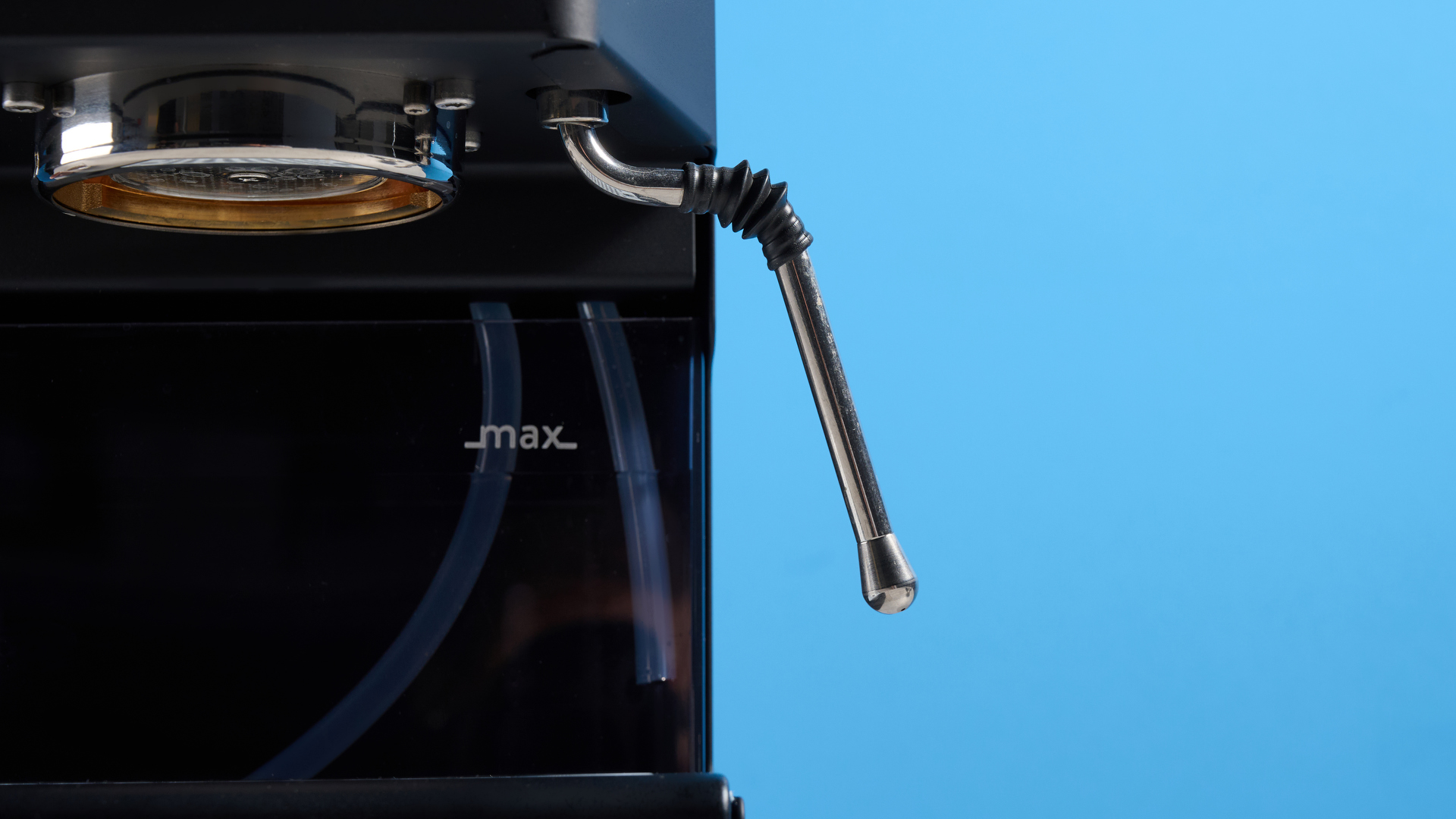
In my eyes, this has been the Classic’s biggest problem. It’s pitched at enthusiasts, yet doesn’t have the characteristics enthusiasts really need from the off — not without a lot of hassle.
So why not just buy a similarly priced, temperature controlled machine like the Breville Bambino Plus ($499)? You’ll sacrifice the Gaggia’s longevity and mod-ability, but still get great espresso out of the box, not to mention an easier life. That trade-off is usually worth it.
With the latest E24 Evo Pro model, though, Gaggia might have done enough to fix this undermining flaw.
Consider it fixed (kinda)
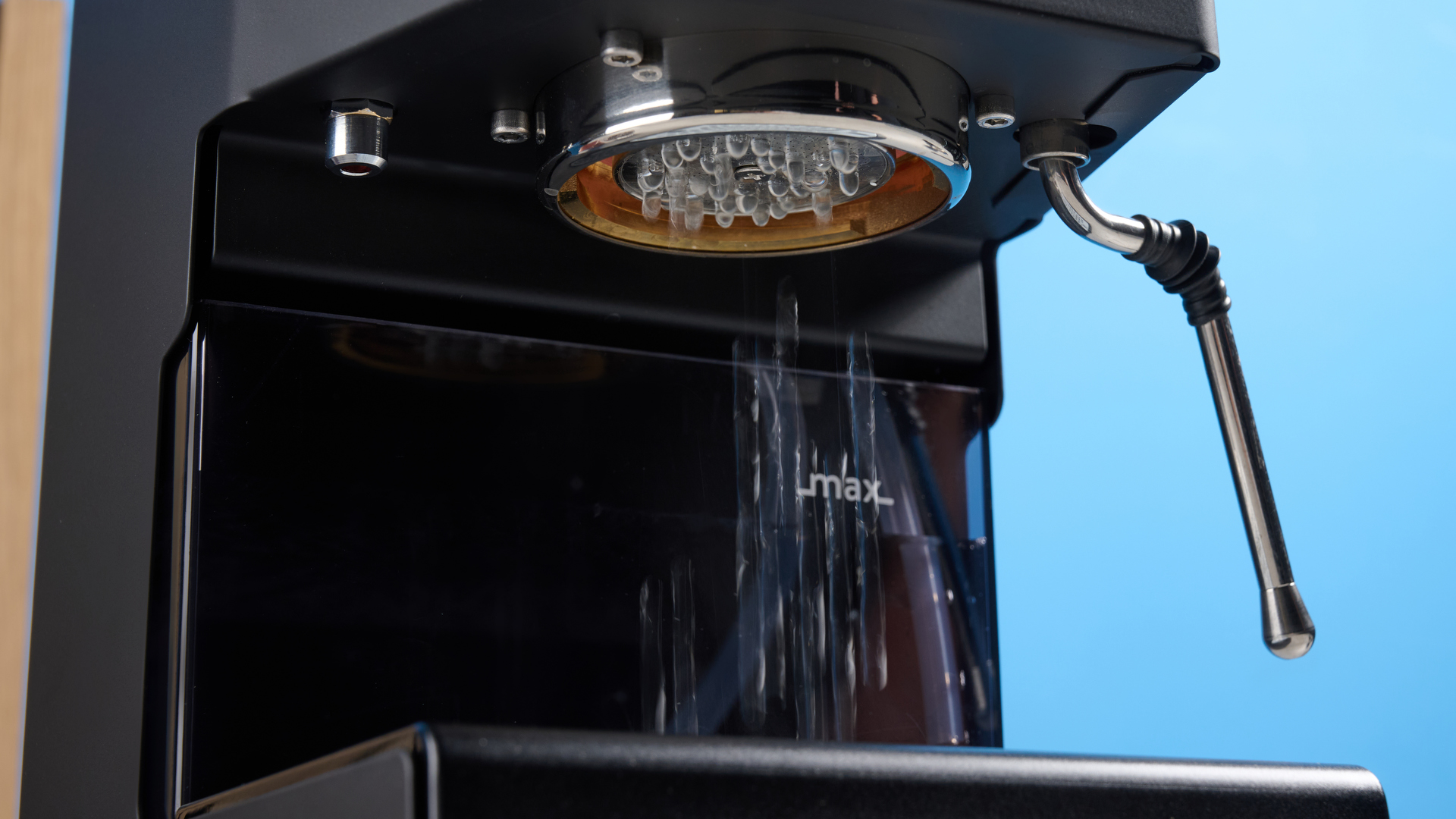
The latest model is the Gaggia Classic E24 Evo Pro, which I’ve been testing for nearly three weeks now. The chief update over prior models is the introduction of a brass boiler and group. The boiler is also 25% larger, and the portafilter holder has been upgraded to stainless steel.
All of this means better temperature stability, theoretically reducing the need for complex temperature surfing or the installation of a PID. Has it worked? Yes, I’d say so. At least, it’s worked enough that I haven’t noticed serious variations in my espresso shots.
I was expecting the E24’s brass boiler to be mostly marketing fluff. And I was wrong.
The enthusiast espresso market is all about incremental, barely noticeable improvements. So I’m sure someone with too much time on their hands each morning will tell me how wrong I am in the comments, and how much of a variation in shots they’ve noticed.
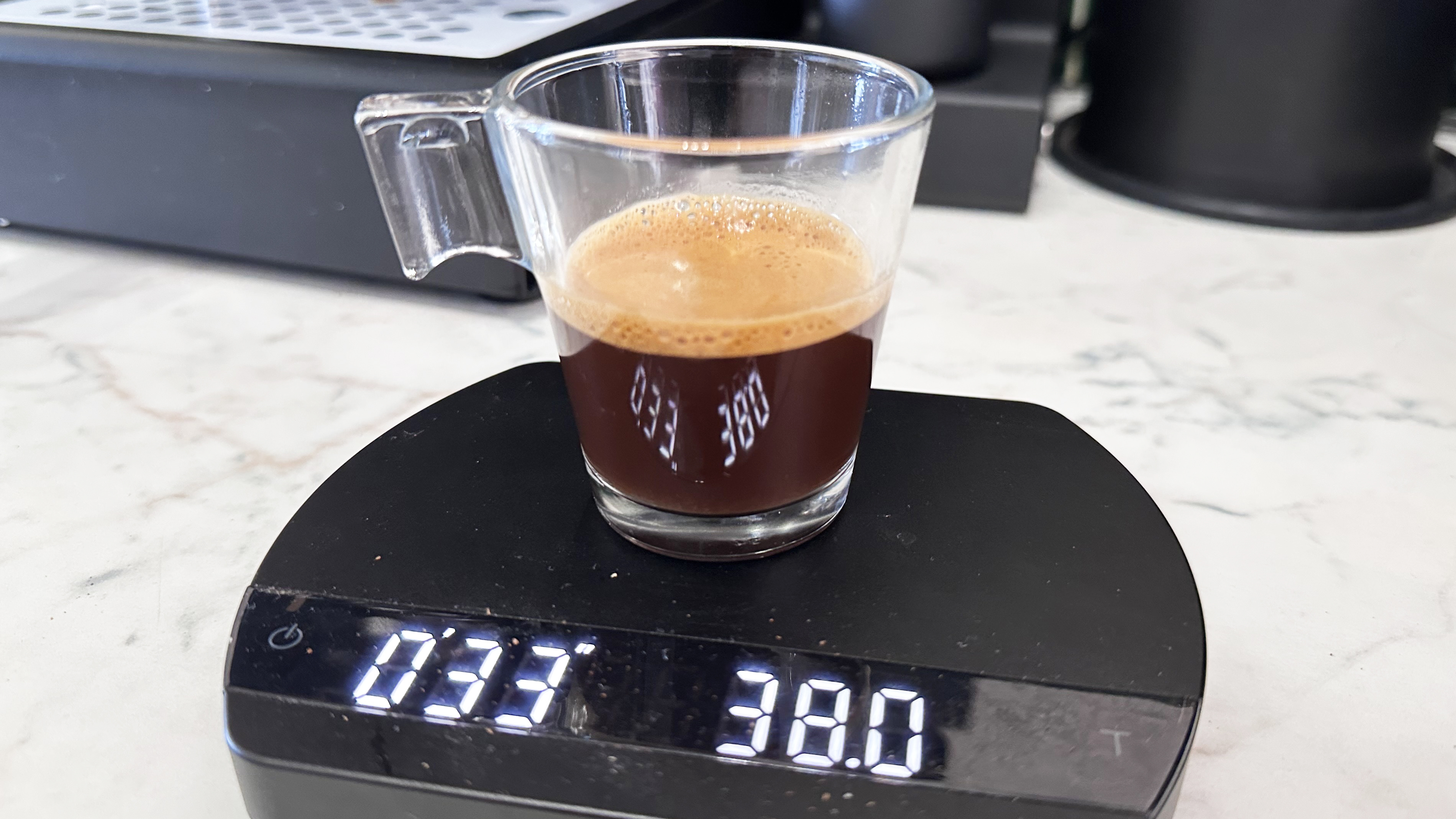
But honestly, I’ve found it a lot more stable than I was expecting. I used the Rancilio Silvia V6 for a few months last year, where I had to temperature surf for consistent results. The Silvia V6 has a thermal wrapped boiler, supposedly for better stability, but it wasn’t much to write home about. Similarly, I was expecting the E24’s brass boiler to be mostly marketing fluff. And I was wrong.
Is it perfect? No. I’ve had to follow a very light surfing regime: ensuring the boiler has heated up for a few minutes, opening the steam valve for a few seconds, then pulling some water through the group and letting it get back up to temperature. Less than two minute’s work, but without doing so I’ve had the odd thin, watery shot.
Is it liveable without a PID? Absolutely.


The milk wand also takes a fair amount of heating up after a shot has pulled — 20-30 seconds. However, it'll steam enough milk for an eight to 12 ounce flat white in under 10 seconds. It's fantastic.
Is the Gaggia Classic E24 Evo Pro worth it?
The Gaggia Classic E24 Evo Pro demands a premium over prior models. The brass boiler E24 model costs $549, versus the $349 Pro 2019 model and $449 Evo Pro 2024 model.

Is it worth the money? For people like me: yes. I’m an experienced enthusiast, having used many machines, from entry-level thermoblocks and single boilers through to dual-boiler home units and full-size commercial machines. But I don’t want to mess around modding. Nor do I want to spend upwards of an hour temperature surfing in the morning, as with the Rancilio Silvia V6.
The Gaggia Classic E24 does that. The espresso is consistent enough to keep me happy, letting me focus on my primary input variables: roast, dose and grind. The steam wand is vastly better than thermoblock rivals like the Bambino Plus. And if I want to mod the Gaggia down the line, there are decades of resources at my disposal.
How about for beginners?
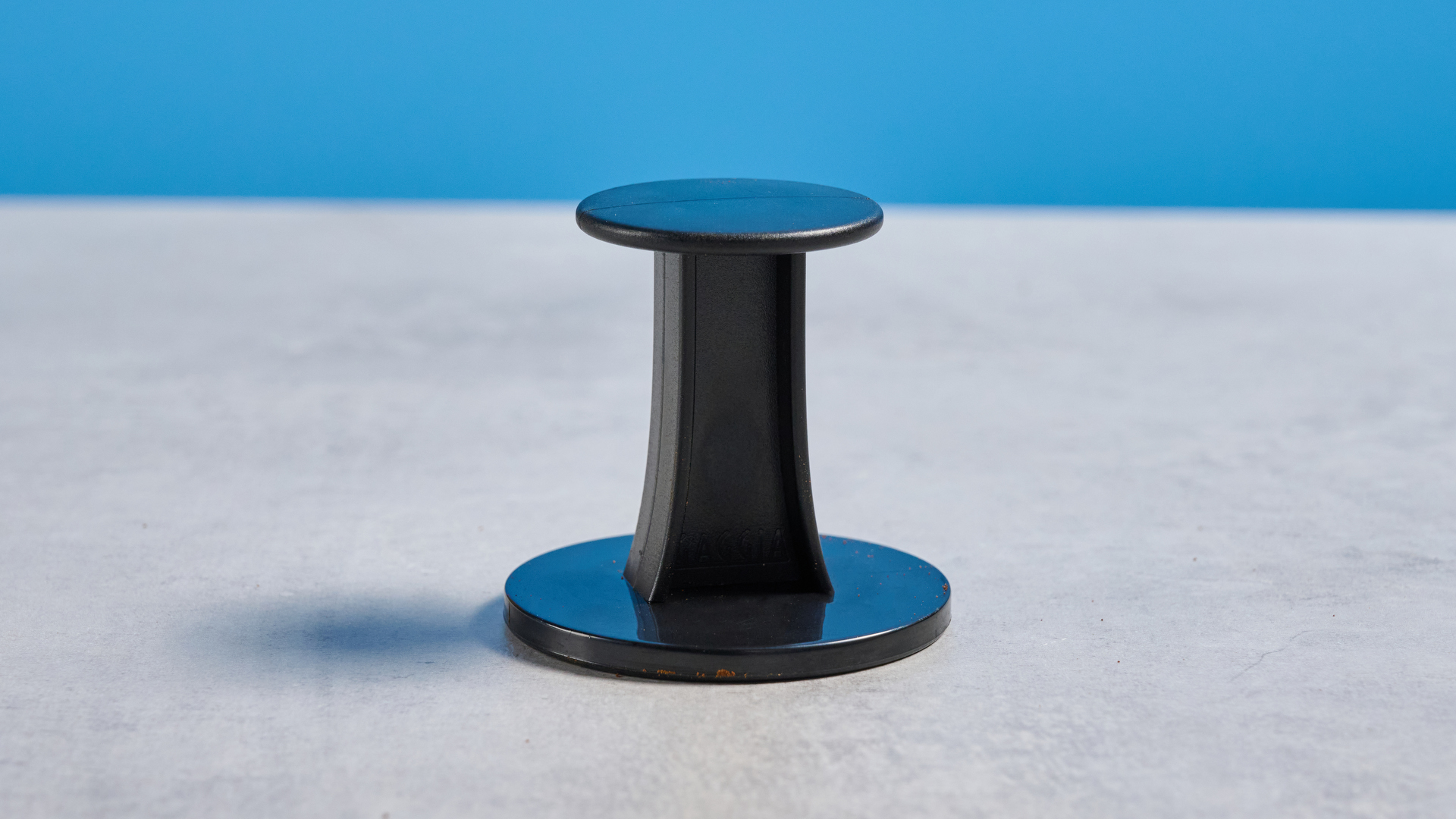
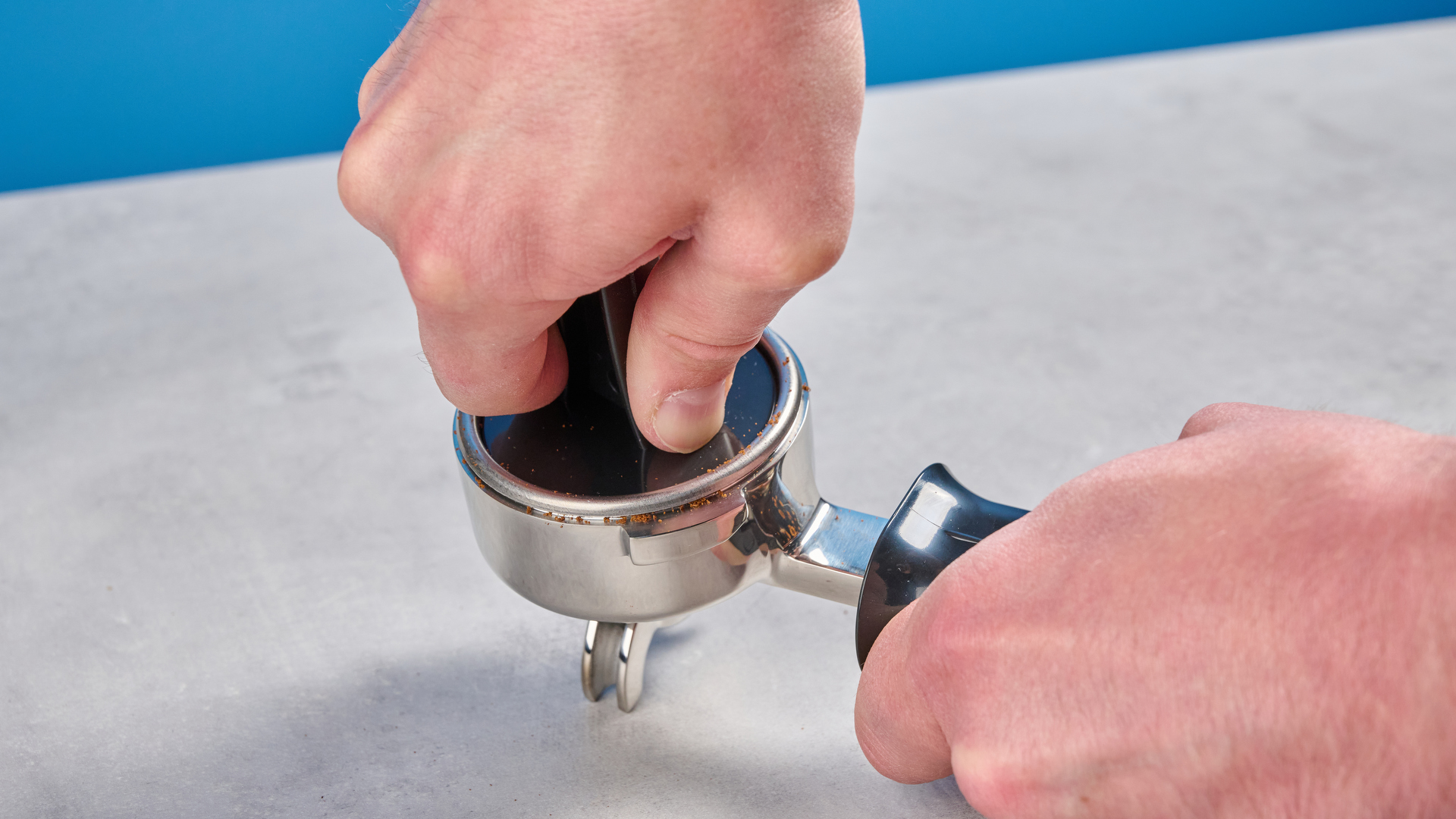
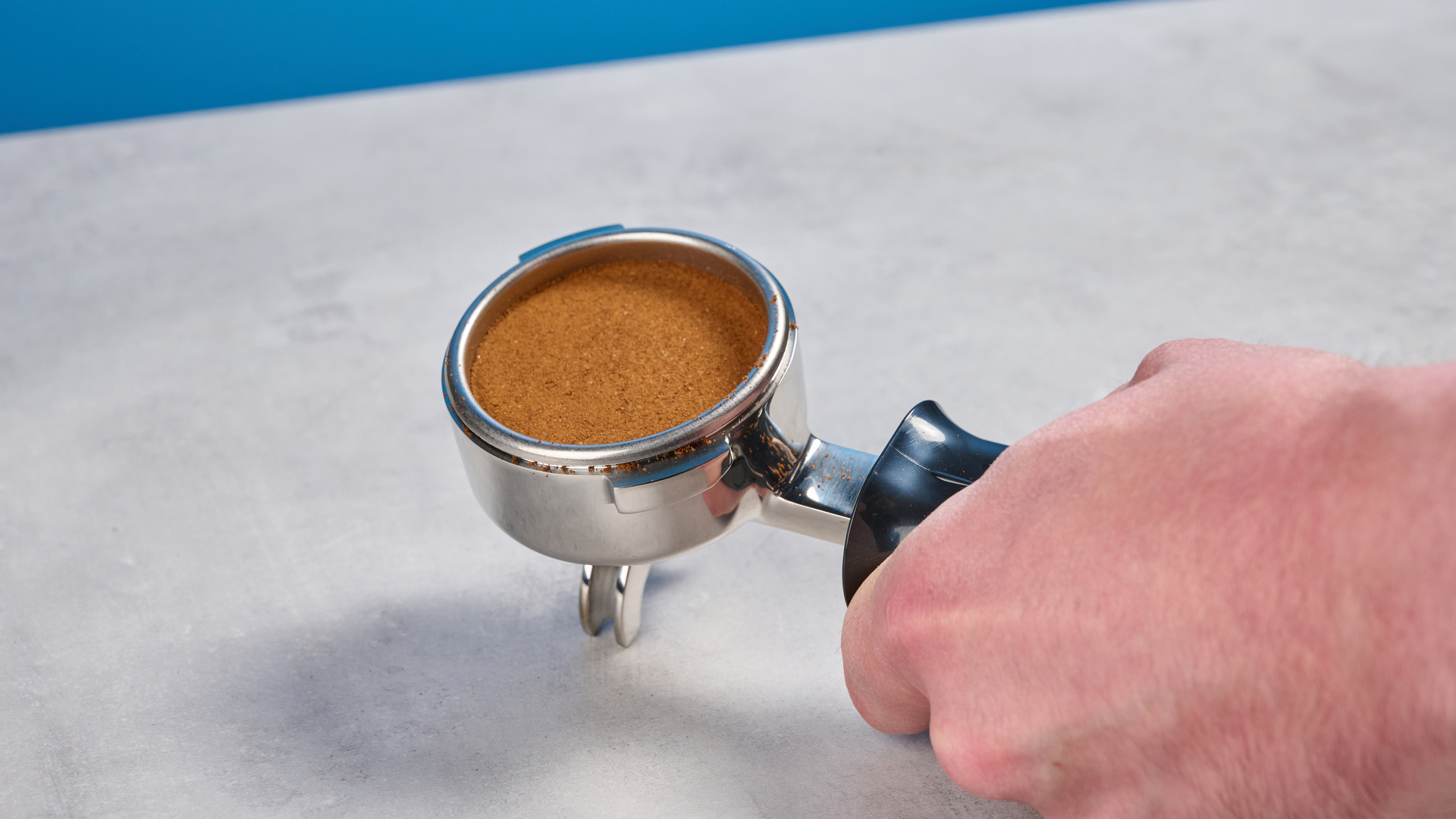
Well, there I’m torn. This thing makes great espresso and has a powerful steam wand for learning how to make latte art. It’s a brilliant platform to learn on. But there are a couple of omissions that are frankly inexcusable at the $550 price point.
Firstly, the E24 comes with no proper tamp — only a crappy plastic one that’s painful to use. There are also no accessories included for cleaning. Not a problem for me: I have two 58mm tamps and various cleaning gubbins. Beginners should be given everything they need if they spend $550, so it’s difficult for me to recommend the E24 Evo Pro to them.
The Breville Bambino Plus ($499) will come with everything a beginner needs.
Why I’m sticking with the E24
I would have never thought it when I began testing, but I've decided I’ll be sticking with the Gaggia Classic, at least for the time being. My previous machine was the Diletta Mio ($1,349) — a dual boiler/thermoblock machine that’s simply fantastic. The only problem is… it’s big. Very big.
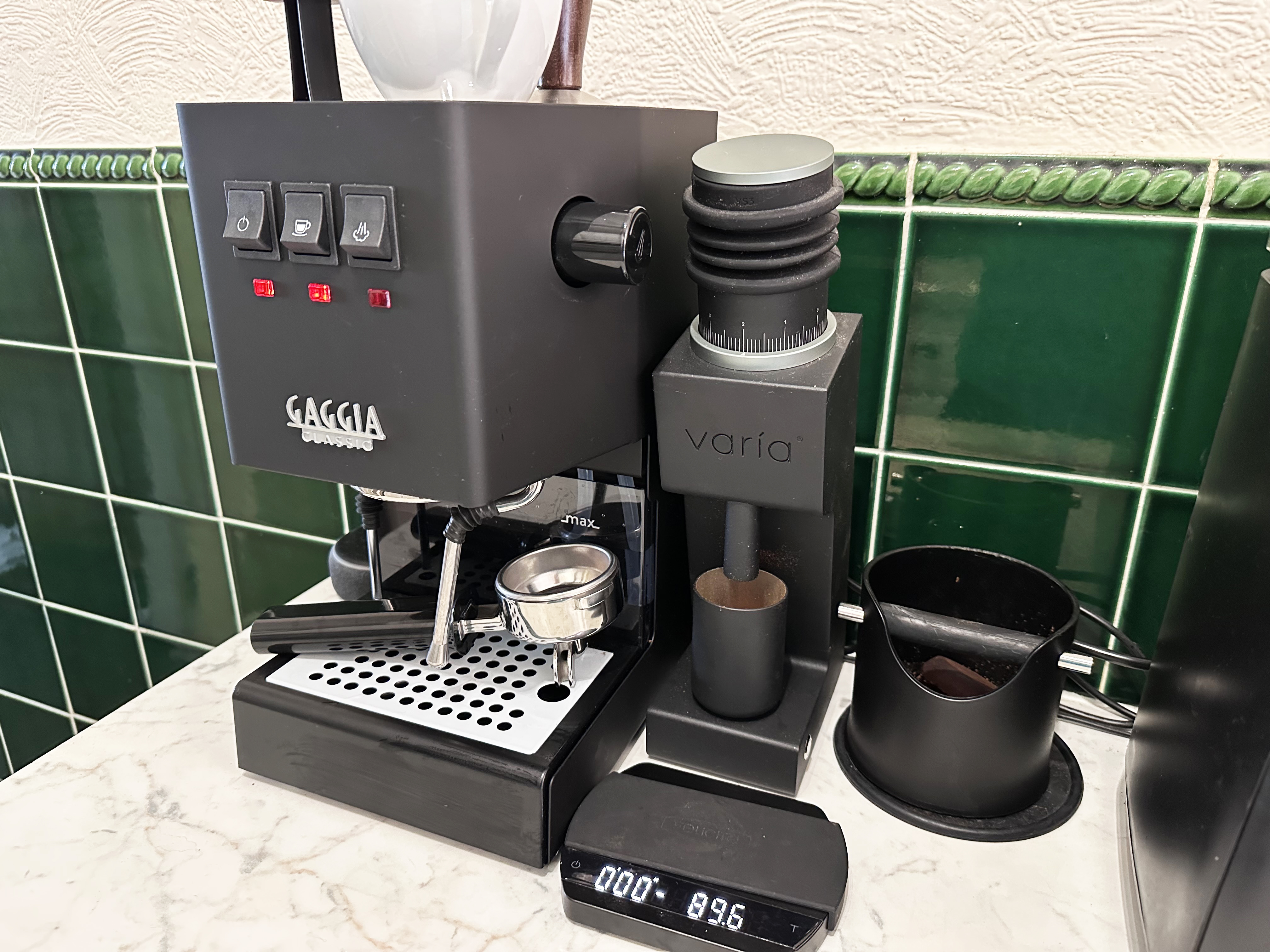
Its size is compounded by the fact I live in a 240V mains country and have to use a huge step-down transformer to avoid blowing the Mio up.
I’m one of those spatially challenged espresso lovers I mentioned in my intro. My kitchen is tiny, so I’ve been relishing the small size of the Gaggia. I can fit the E24, my Varia VS3 grinder, knock box, tamping mat and Felicita Arc scales all within the footprint of the Diletta.
None of that would matter, of course, if the coffee was terrible. But it isn’t. And at the end of the day, that’s what really matters.
Follow Tom's Guide on Google News to get our up-to-date news, how-tos, and reviews in your feeds. Make sure to click the Follow button.
More from Tom's Guide

Peter is a Senior Editor at Tom's Guide, heading up the site's Reviews team and Cameras section. As a writer, he covers topics including tech, photography, gaming, hardware, motoring and food & drink. Outside of work, he's an avid photographer, specialising in architectural and portrait photography. When he's not snapping away on his beloved Fujifilm camera, he can usually be found telling everyone about his greyhounds, riding his motorcycle, squeezing as many FPS as possible out of PC games, and perfecting his espresso shots.
You must confirm your public display name before commenting
Please logout and then login again, you will then be prompted to enter your display name.
